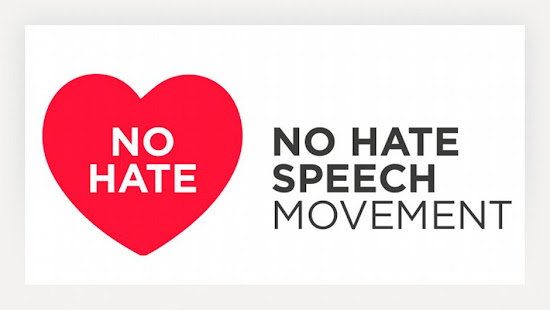By Daisuke Wakabayashi, Tuesday July 8, 9:06 am ET
SEATTLE (Reuters) - Microsoft Corp (NasdaqGS:MSFT - News) introduced on Wednesday pricing for its suite of online services targeted at corporate customers and a revenue-sharing plan to encourage other companies to sell the software company's products.
The company plans to charge corporate customers a monthly subscription of $15 per user for a suite of "hosted" software, which includes e-mail, Web meeting, collaboration and messaging applications running on Microsoft's computers.
Microsoft Online Services is part of the software maker's effort to capitalize on the shift by corporate customers to abandon their own in-house computer systems for "cloud computing," a less expensive alternative.
The company built its business selling software to run on individual machines, both computer servers that power entire businesses and personal computers. But, in recent years, it has invested billion of dollars in massive data centers, which are the basic infrastructure for a wide range of Web services.
It has started offering corporate customers the option of having Microsoft run their e-mail, collaboration or sales programs on the software giant's computers and delivering those applications over the Web as a monthly subscription service.
"We're seeing customers, partners and even competitors embrace this flexible approach to the cloud," Stephen Elop, president of Microsoft's business division, said in a news release.
Microsoft said it signed a number of new online services customers including Nokia (Helsinki:NOK1V.HE - News) and Danish shipping and oil group AP Moeller Maersk (Copenhagen:MAERSKB.CO - News).
The company's software suite is priced at $180 a year for each subscriber while rival Google Inc's (NasdaqGS:GOOG - News) competing product, Google Apps, which comes with e-mail, messaging and document sharing, costs around $50 a year per user.
Microsoft argues that its offerings are more advanced than Google Apps. Technology administrators can manage Microsoft Online Services' accounts in the same way it deals with accounts of users running on their own computer systems.
Redmond, Washington-based Microsoft said it will share 18 percent of the subscription fees with companies that bring in new customers to the online service suite in the first year and 6 percent each year over the life of the contract.
By employing a revenue-sharing model, Microsoft said it can probably add more customers than it could alone and it could encourage other companies to build applications to work with its online services.
The company also introduced Deskless Worker Suite, which includes stripped-down online versions of its Outlook e-mail application and SharePoint collaboration software for $3 a month per user.
The software suite is targeted at workers such as nurses and factory employees who have traditionally not been given e-mail accounts or other forms of productivity software. By offering a low-cost product that can be accessed through a Web browser, Microsoft believes it can broaden its base of users.
(Additional reporting by Eric Auchard in San Francisco; Editing by Derek Caney)
Related Stories:
Microsoft Launches Hosted Exchange Deals
Microsoft to host 'Deskless Worker' entry-level Web services


